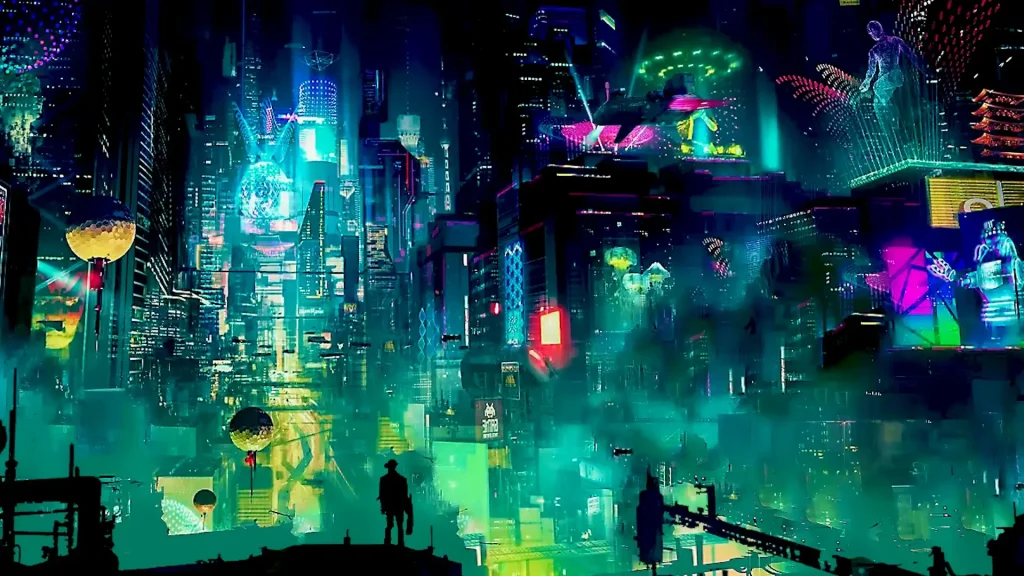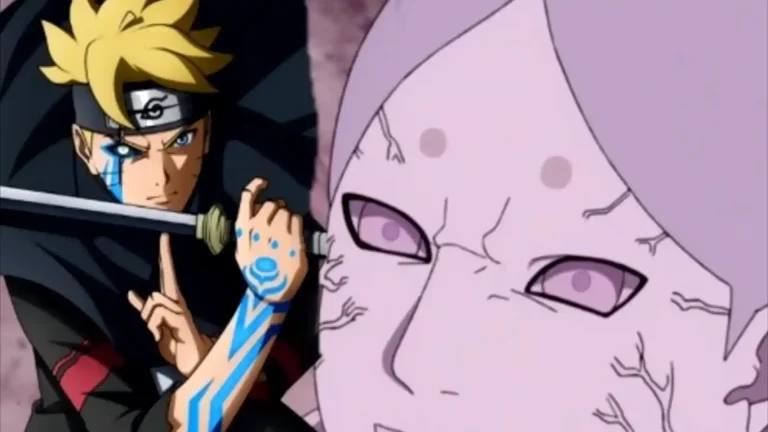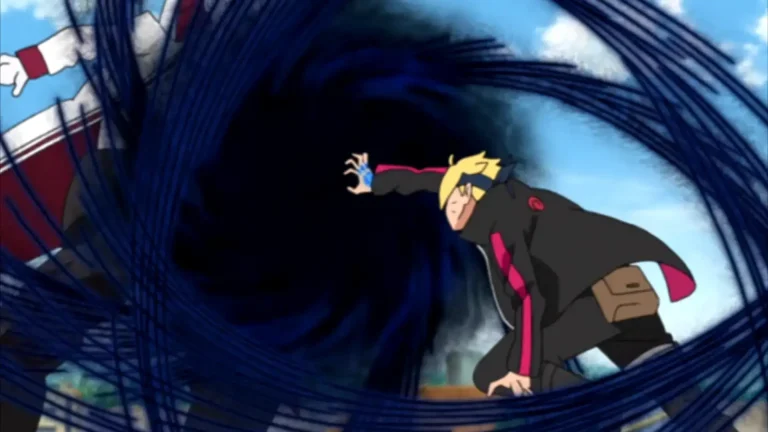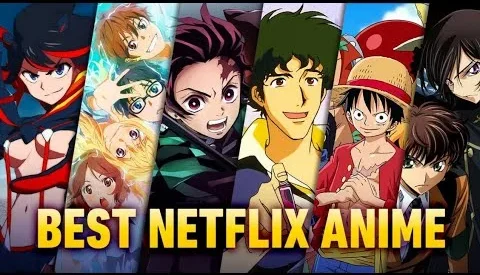The History Of Japanese Science Fiction

Japanese Science Fiction: Ancient To Global
The history of Japanese science fiction is not just about radioactive dinosaurs and sex robots. It may or may not surprise you, but just like the Western Canon. We have to go back hundreds of years to find the origins, Where it is diluted with philosophy, myth, and folklore. The Nihon Shoki, the second oldest book in Japanese history, depicts a time-travelling fisherman. That is nearly 1500 years old. The Tail of the Bamboo Cutter from the 10th century is about a princess from the Moon who comes to Earth as a baby and displays special magical alien powers. There is even talk of a wider Universe In conflict and a flying saucer. It turns out that everywhere we look, every civilization that we study has a History of Science Fiction going back at least a dozen centuries or so. But the Japanese story gets really interesting the closer we get to the 20th century. The Myji Restoration of the 1860s was a political and cultural movement with the aim of upgrading Japanese technology, So that it did not get left behind or dominated by the West. There was an adoption of Western ideas and arts.

Joel Vern and H.G Wells’s translations were extremely popular. The good stuff that Europe and America were devouring was also influential on the other side of the world. Sunroom Ishikawa and Juza Uno are generally considered the two pillars of early Japanese science fiction. They would write stories about Rockets to Mars, first Contact, Far Future Tech, and good old pulpy Space Opera. Some of these stories were made into movies in the 50s and 60s. Some even made their way to America at the time, but we would have to wait for the VHS boom of the 1980s and the boutique Distributors of the 2000s before we saw a real resurgence. The scars of political and social history go hand in hand with this next phase of Japanese science fiction. The Yellow Peril systematic racism in the West and the Immigration Act of 1924 led to Asians often being depicted as the bad guys aliens Among Us, and then World War II happened.
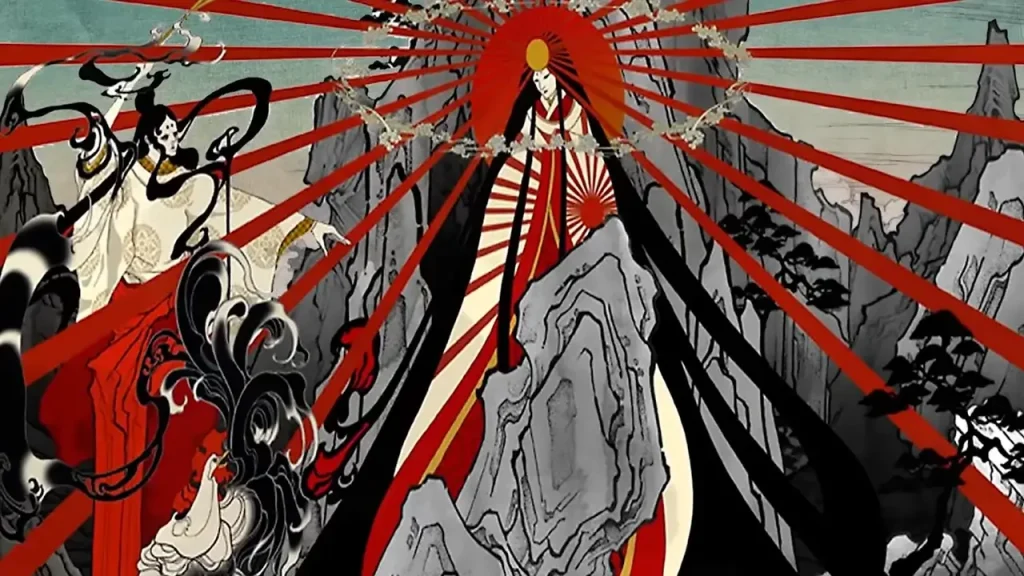
Once again, the genre’s appeal was boosted by intervention from the West. American soldiers occupying Japan Left Behind science fiction paperbacks and magazines. Although there were plenty of Japanese authors creating original work, it would take quite a while for a true, unique identity to be carved out and even longer for its impact to be felt around the world. We have that wonderful gift of being alive in the 2020s, where we can cherry-pick from history and enjoy translations that simply weren’t available for decades. Kobo Abe’s Inter-ice Age 4 is maybe Japan’s first proper full-length science fiction novel. It is about climate disasters and genetic manipulation and even has a computer smart enough to read your mind. I would be remiss if I didn’t mention a couple of Japanese authors who kind of mirrored the new wave of Britain and America in the ’60s. They epitomized the pure amplitude that the genre is capable of. Izumi Suzuki was an avant-garde performer, a science fiction writer, and a boundary stretch in essayist think psychedelic pre-cyberpunk, and of course, Yukio Mishima, an extraordinarily complex character who, amongst his many talents, wrote science fiction stories about things that I barely understand, but also aliens and UFOs. Is it time for the sex robots now?
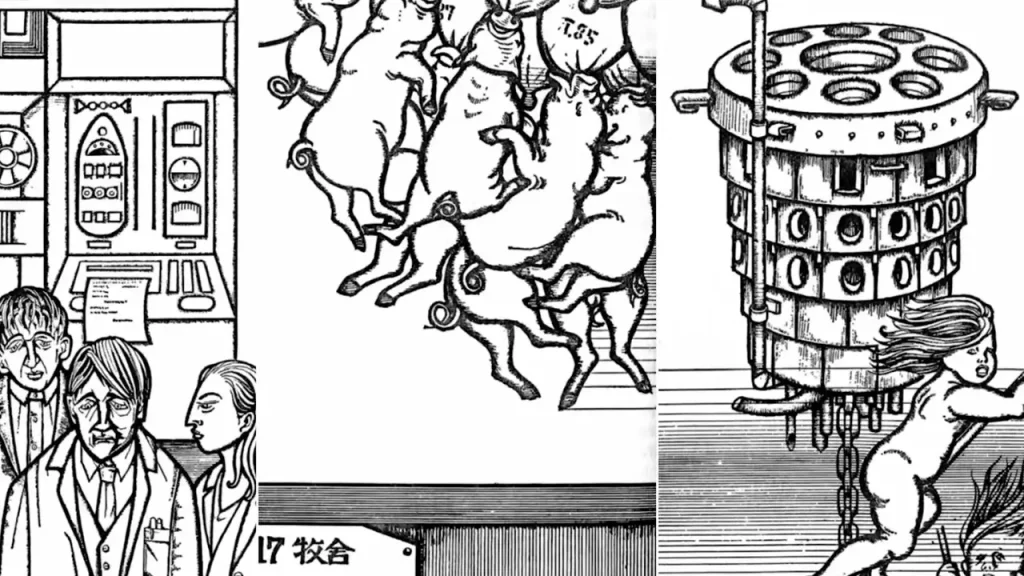
I am guessing that when most of you envisage Japanese science fiction as the hyper-stylized super weird awesomeness of anime and manga, the eye Poppin comic books, the visual media, let’s honour the Pioneers Godzilla, of course, debuted in 1954 makes it the longest-running film franchise in the history of Cinema the strange Beast sub-genre the Kaiju was born amid the fear and despair of the Hiroshima and Nagasaki atomic bombs. Still, it’s moved Way Beyond that and continued to evolve. Anime and manga are intrinsically linked, often crossing over and adapting each other on the page and the screen. The earliest Japanese animation or anime is over a century old now. Still, the 1960s is the star of the real recognizable influential exportable Productions Astro Boy 1963, a cartoon about a mad scientist whose son dies in a car accident. To get over his grief, he makes a super robotic version of the Dead Child doesn’t like it, so he sells it to the circus, thus starting a trend of pretty messed up kids’ TV. Then we have the Super Robot craze of the 70s and the 80s. Mobile Suit Gundam and Transformers are a global phenomenon that started in Japan. It wasn’t just kid stuff and toy-making opportunities, just as science fiction literature grew up unless the pulp era was behind, and so did anime becoming much darker, more violent, and poignant but also more interesting and relevant.
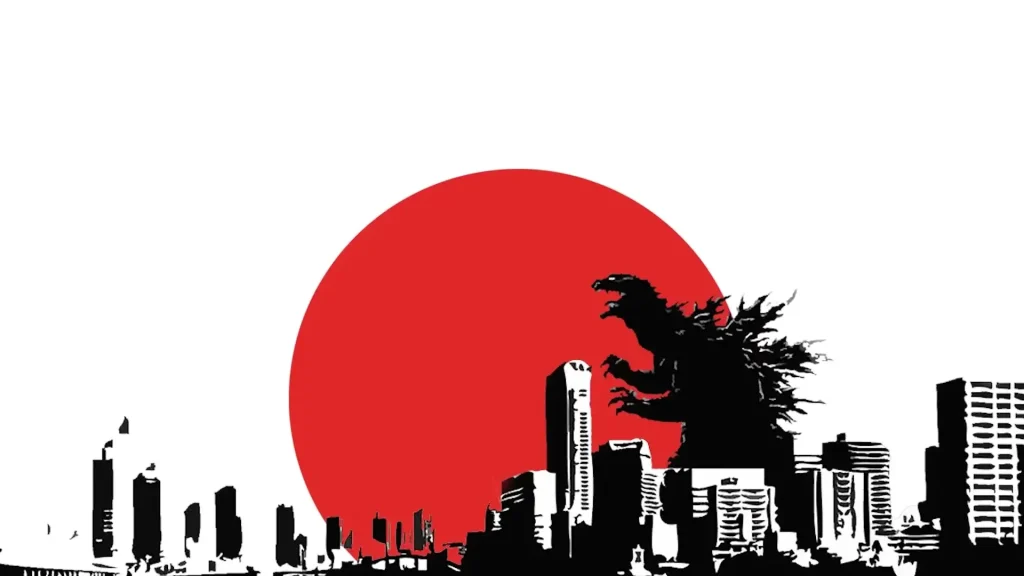
Manga’s history goes even further back, but again, it is that post-war modern era where things start to get really tasty; science fiction has always been one of the dominant flavours of comics and graphic novels in Japan, often overflowing and interchangeable with anime, but the undeniable Pinnacle of Japanese influence on our beloved genre is the emergence of cyberpunk. There is, of course, some debate over the exact definition and origins of cyberpunk, but let’s talk about the aesthetic impact let’s talk about Akira. Starting as a manga in 1982 and was adapted into an anime in 1988. it has that quintessential dystopian post-apocalyptic neo-noir afraid of the future feel that you’ve seen emulated so many times since. Masahiro Otomo was writing a reflection on his childhood in post-World War II Japan, a place rebuilding after a Calamity of political turmoil, a depressed society, and even how kids would race each other on their bikes. Akira was a revelation in Japan, but maybe more importantly, it introduced the West to anime and manga. That was just the beginning. Japanese cyberpunk and all its creative tributaries became more than just a sub-genre set in a faraway land. as the real world entered the digital age and science fiction became darker and colder. The comfortable American space adventure started to feel immature and out of Step. Japan was the future.
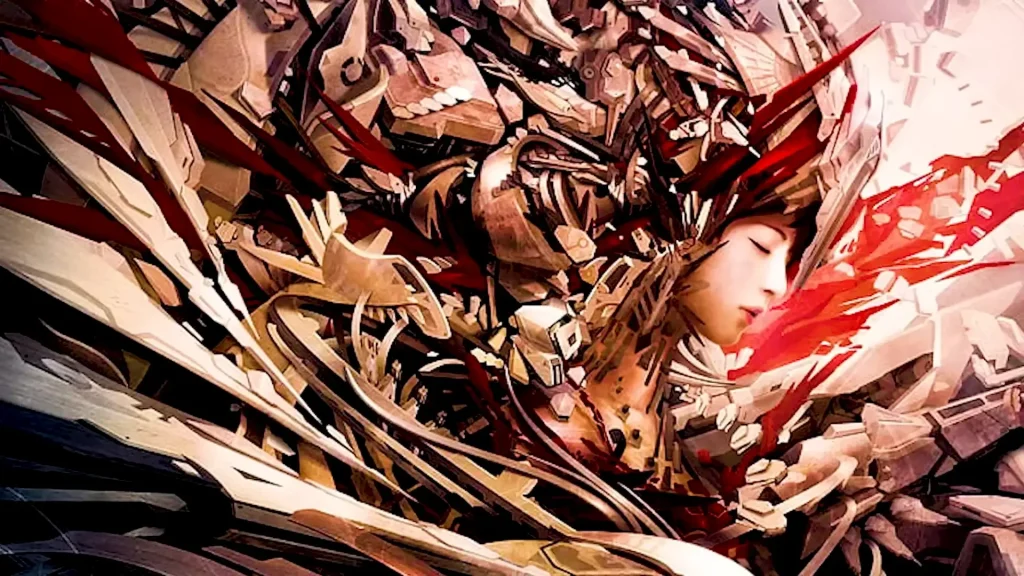
Have you ever heard the phrase Japan takes over the world? It’s something that surfaced around the media and the entertainment industry in the 1980s, such as the impact and the influence of Japanese pop culture and the state of their economy at the time. It was fashionable to assume or predict that the Japanese would completely dominate the future. Alien Back to the Future 2 and RoboCop 3 all feature Japanese Mega corporations. Blade Runner is littered with Japanese and other Asian references, though, to be fair, that’s probably because everybody else left the planet. Countless science fiction books do a similar thing, most notably Neuromancer, where Gibson’s world is dominated by Japanese culture. It really felt like the West looked over its shoulder towards the East and said hey, they’re a little bit like us, but oh my God, how cool is it that? Japan didn’t take over the world, Of course, but they certainly made science fiction a much richer place to hang out in. moving into the 21st century. Japanese science fiction has the world in a pincer movement. There’s the Homegrown exported content and the Western-made but heavily influenced by Japanese stuff. Did you know that manga outsells traditional comics in pretty much every single country around the world, including the USA? How is that even possible? It turns out that consumers of all ages want Cutting Edge weird and wonderful Tales more than the same old stories about middle-aged men running around solving crimes in their knickers. Now, we’re a whole generation ahead of that great influx of the 80s and 90s Japanese style as part of the Zeitgeist as anything else; the bookshops may not be full of current Japanese science fiction authors. Still, the influence and attraction of that unique blend of the traditional and the futuristic are stronger than ever.
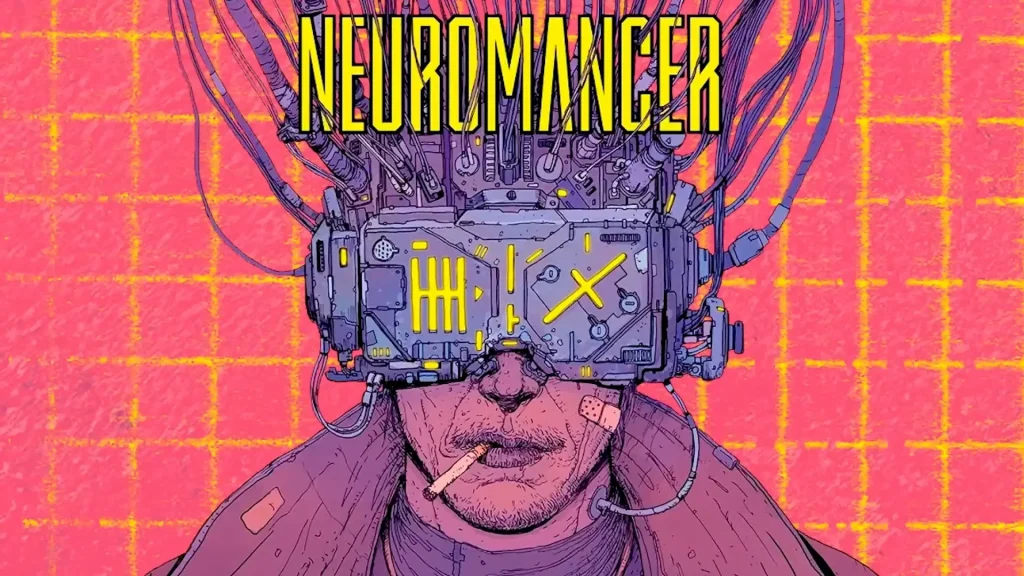
I almost forgot the sex robots. I’m only half joking. I think part of the Allure for me as a British person reading and watching Japanese science fiction is that it comes from a country that has essentially the same free world democratic system, but it feels so alien. I love Science Fiction for its broad scope and how one book to the next never feels quite the same, but in the back of my mind, I have this feeling that apart from a little bit of Russian, Polish, and French, it all comes from a place that’s so familiar a place that I’ve lived in and feel very comfortable with. Japanese culture is like parallel Evolution. Once it shook off that Western influence, it became something extraordinary, forever different and exciting. It makes you wonder what else is out there in the world waiting to be discovered, like sex robots. The history of Japanese science fiction is a rich tapestry woven with ancient myths and futuristic visions. From the time-traveling fisherman in the Nihon Shoki to the groundbreaking cyberpunk narratives of the modern era, Japan’s contribution to the genre is unparalleled. For more in-depth articles and the latest updates on Japanese science fiction, visit here.
